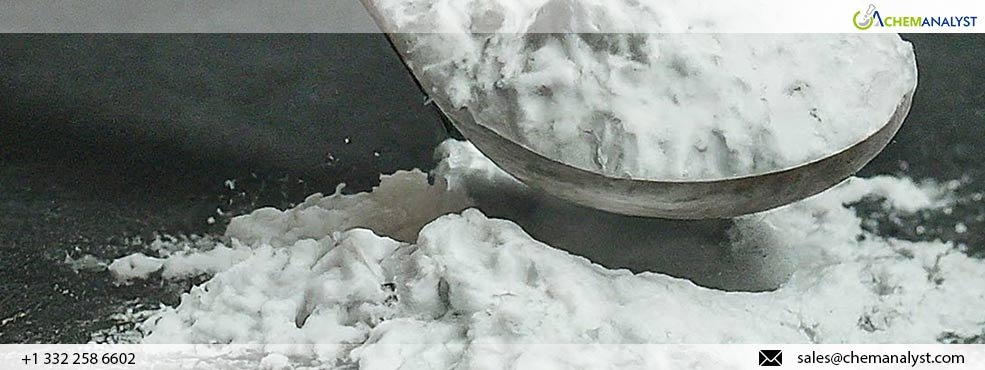Western Market Set for Salicylic Acid Price Hike in Response to March Dynamics Shift
- 28-Mar-2024 3:38 PM
- Journalist: Timothy Greene
The prices of Salicylic Acid are expected to increase in the USA and Germany as March comes to a close, marking a departure from the previous month's trend. This shift is primarily attributed to a surge in demand from various end-sectors coupled with dwindling inventories in the market. Salicylic Acid finds extensive usage in products such as shampoos and skincare items. The escalating demand for these goods may strain supplies, potentially resulting in price hikes. Moreover, the production of Salicylic Acid relies on key raw materials like phenol, which have witnessed price upsurges in March due to increased procurement volumes from downstream industries. Consequently, this surge in raw material costs could exert upward pressure on production expenses, thereby influencing the ultimate pricing of Salicylic Acid.
China's dominant position as the leading producer and exporter of APIs (Active Pharmaceutical Ingredients), including Salicylic Acid, has triggered price hikes in regions like Germany and the USA. In China, post-Spring Festival, there's a significant surge in demand for various commodities, including APIs like Salicylic Acid, potentially leading to price escalations owing to heightened purchasing activities. Moreover, the post-holiday period typically burdens the logistics network due to the surge in goods transportation volumes. These logistical strains can lead to delays and increased transportation costs, thereby further amplifying price increases for commodities such as Salicylic Acid.
The US economy consistently exceeds expectations, despite encountering obstacles like increased inflation, higher interest rates, and a deceleration in growth. Nevertheless, consumers are increasingly confident in the economic environment. This surge in positivity has the potential to result in greater buying power, consequently boosting demand for various products and commodities, including Salicylic Acid, potentially causing prices to rise. Projections indicate that disruptions in the Red Sea are unlikely to worsen but are also unlikely to improve significantly. Similarly, restrictions in the Panama Canal are anticipated to persist at current levels without tightening further. The cumulative impact of these constraints is expected to exert upward pressure on prices and impede a rapid decline in inflation, thus contributing to the upward trajectory of Salicylic Acid prices.
In March, German companies experienced a noteworthy upturn in sentiment, attributed to an improved evaluation of the current business environment and a substantial reduction in pessimism regarding future expectations. This dual enhancement suggests a cautiously optimistic outlook emerging among German businesses. Furthermore, there are signs indicating a possible recovery in German consumer sentiment, despite recent challenges such as rising prices and subdued economic prospects. Taken together, the positive shift in sentiment among both businesses and consumers in Germany suggests a potential increase in demand for commodities such as Salicylic Acid, which could subsequently lead to its price appreciation in the market.
According to ChemAnalyst's analysis, Salicylic Acid prices are expected to remain elevated due to consistent demand from end-user industries like cosmetics, healthcare, and pharmaceuticals. Additionally, central banks in countries such as the USA and Germany might contemplate reducing key interest rates as inflation stabilizes, which could spur consumer spending and subsequently increase Salicylic Acid prices. These combined factors paint an optimistic picture for the overall market scenario.



